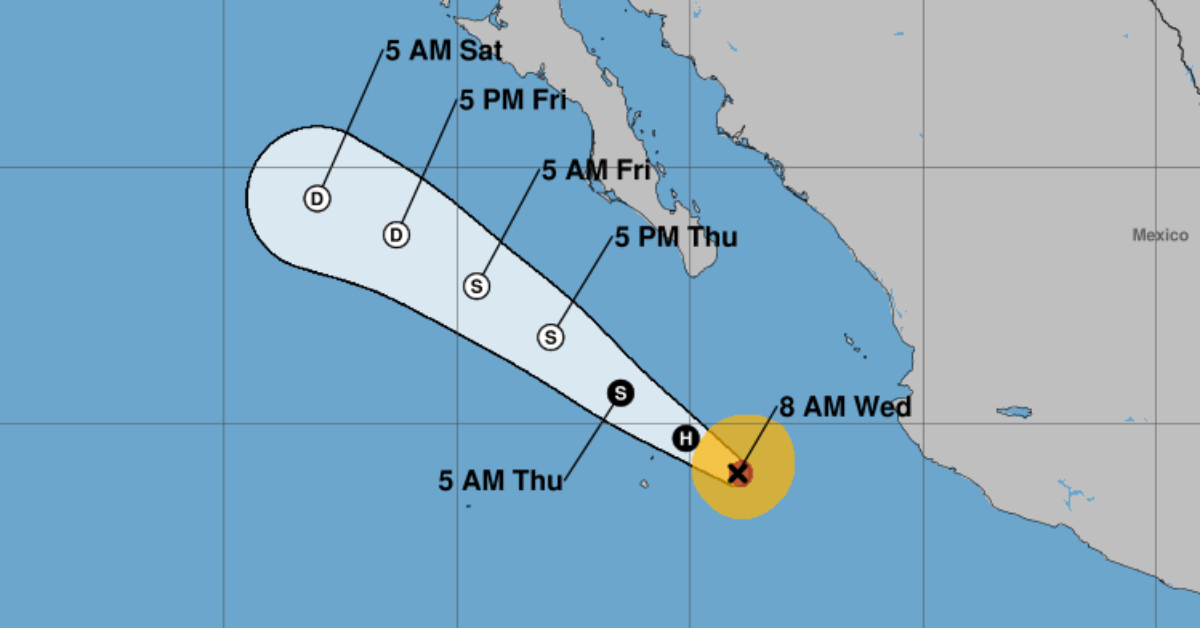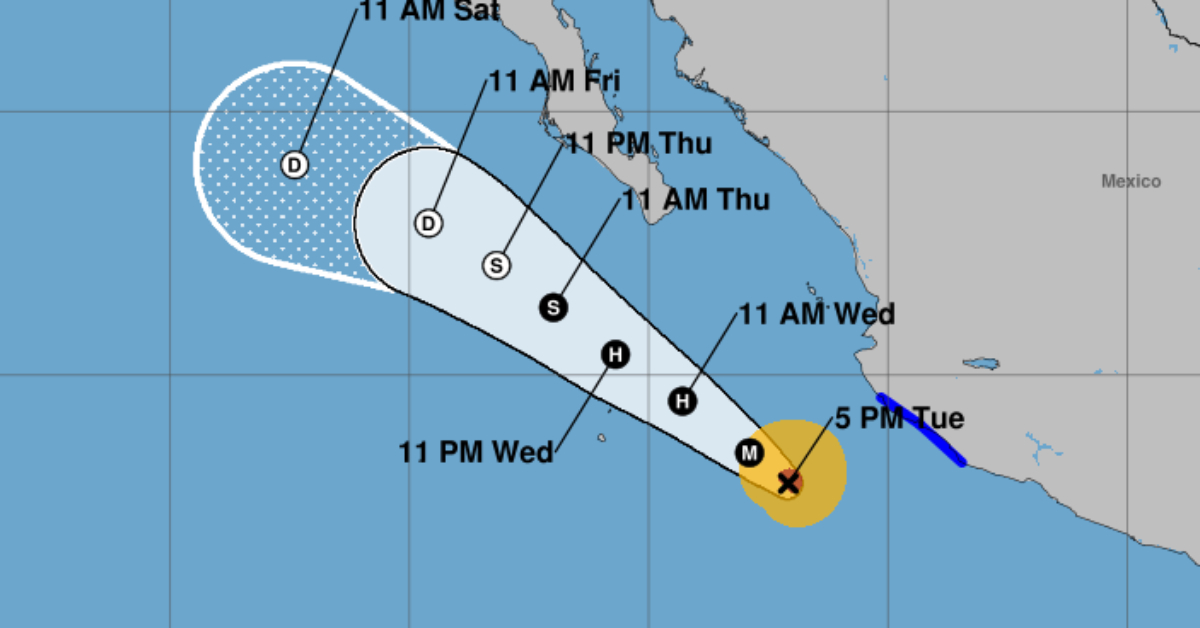Pacific Hurricane Season 2025 – Puerto Vallarta Hurricanes
No Damage Reported in Jalisco as Hurricane Flossie Moves Away
Cabo Corrientes Spared as Hurricane Flossie Warning Lifted, But Pacific Coast Still at Risk
Puerto Vallarta braces for torrential rains as Hurricane Flossie gains strength
Puerto Vallarta weather updates: daily forecasts, storm trackers and hurricane alerts to keep you prepared for changing coastal conditions.
Puerto Vallarta Weather News
- Puerto Vallarta rain forecast shows continued showers despite low cyclone risk

- Storm in Puerto Vallarta Sweeps Away Vehicles and Topples Trees

- No Damage Reported in Jalisco as Hurricane Flossie Moves Away

- Puerto Vallarta Weather for July 2, 2025

- Cabo Corrientes Spared as Hurricane Flossie Warning Lifted, But Pacific Coast Still at Risk

- Puerto Vallarta braces for torrential rains as Hurricane Flossie gains strength

Understanding Puerto Vallarta Weather
“Puerto Vallarta weather” is defined by warm temperatures year-round, a pronounced dry season, a rainy season with intense afternoon storms, and a hurricane season that runs alongside the wet months. Nestled on Banderas Bay and backed by the Sierra Madre mountains, Puerto Vallarta enjoys a tropical wet and dry climate that makes it a popular destination almost any time of year Climate to Travel Climate Data.
Annual Temperature and Sunshine Patterns
Average monthly temperatures in Puerto Vallarta stay remarkably steady. Highs range from about 26 °C (79 °F) in January to around 30 °C (86 °F) in May, while lows drop only to about 17 °C (63 °F) in the coolest months and rise to the low 22 °C (72 °F) in summer. Yearly temperature variation spans just 4.4 °C (7.9 °F) Climate Data. Sunshine averages between 7 and 11 hours daily, with the brightest months—April and May—seeing over 10 hours of sun per day, fueling year-round outdoor activities Climate Data.
Dry Season (October 9–June 15)
Puerto Vallarta’s dry season lasts roughly 8.2 months, from October 9 through June 15. During this period, rainfall is minimal: April, the driest month, averages just 0.2 inch (4 mm) of rain, and days with measurable precipitation drop to less than one per month on average. Humidity falls to its lowest in April (around 70%), and skies stay clear, making this the peak tourist season for beach days, whale watching, and outdoor festivals Weather Spark.
Rainy Season (June 15–October 9)
The rainy season spans about 3.8 months, from mid-June to early October. Afternoon and evening thunderstorms become daily routines, with a wet-day probability exceeding 41%. The peak of the wet season is August, which sees an average of 24.6 rainy days and up to 13 inches (339 mm) of rainfall for the month. Despite the deluges, most storms are brief, often clearing by nightfall and leaving behind lush green landscapes Weather Spark.
Hurricane Season (May 15–November 30)
Eastern Pacific hurricane season officially runs from May 15 to November 30. While Puerto Vallarta lies on the leeward side of the Sierra Madre Occidental—steering many storms offshore—it still falls within this window of potential tropical cyclone development National Hurricane Center. Meteorological models forecast on average 15 named storms and 8 hurricanes each season, peaking in activity from July through September.
Impact of Tropical Storms and Hurricanes
Though direct hurricane strikes on Puerto Vallarta are rare, nearby storms can bring heavy rains, rough surf, and coastal flooding. For example, Hurricane Kenna in October 2002—though making landfall near San Blas—generated 10 ft storm surges and winds gusting to 50 mph in Banderas Bay. In Puerto Vallarta, Kenna caused an estimated $5 million in hotel and waterfront damage and flooded streets up to waist height before being deflected inland by the mountains Wikipedia National Hurricane Center. Modern building codes, improved forecasting, and Early Warning Systems have since reduced vulnerabilities, but visitors during hurricane season should stay alert to advisories.
Planning Around Puerto Vallarta Weather
- Best Time to Visit: Late November through April offers sun-filled days, mild evenings, and virtually no rain.
- Surf and Sea Temperatures: Ocean temperatures rise from 24 °C (75 °F) in March to 30 °C (86 °F) in August, making snorkeling and diving enjoyable year-round Climate Data.
- Rainy Season Travel: June–September brings green landscapes and lower hotel rates, but pack a waterproof jacket and plan afternoon escape routes indoors.
- Storm Preparedness: During May 15–November 30, monitor local forecasts. In rare severe events, hoteliers and tour operators will guide safe schedules.
Whether you chase sunsets on the Malecón in December or photograph monsoon-driven waterfalls in July, understanding Puerto Vallarta weather ensures you make the most of every moment in this vibrant Pacific coast city.

